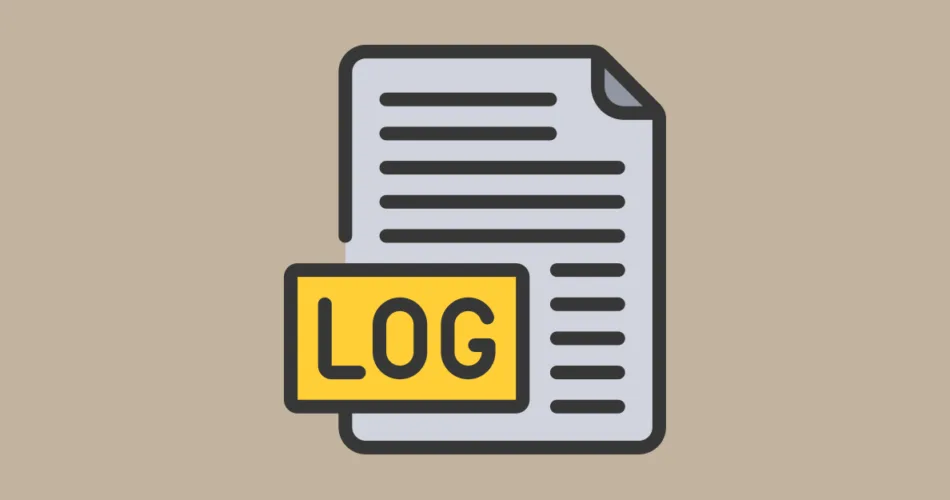Error handling and logging are critical aspects of writing robust and reliable Java applications. Properly managing errors and effectively logging relevant information can greatly enhance the maintainability and stability of your code. In this article, we’ll explore best practices and coding standards for error handling and logging in Java.
1. Use Checked Exceptions for Expected Errors
Checked exceptions should be used for errors that are expected and recoverable. These exceptions require the calling code to handle or propagate them. This practice ensures that developers are aware of potential issues and are prompted to handle them properly.
Example:
try {
FileInputStream fileInputStream = new FileInputStream("file.txt");
// Read file content
} catch (FileNotFoundException e) {
// Handle the file not found error
}
2. Use Unchecked Exceptions for Programming Errors
Unchecked exceptions (subclasses of RuntimeException) are suitable for programming errors that should not occur in a correct program. These exceptions indicate issues like null pointer dereferences, array index out of bounds, and other logical errors.
Example:
int[] numbers = {1, 2, 3};
try {
int result = numbers[5]; // ArrayIndexOutOfBoundsException
} catch (ArrayIndexOutOfBoundsException e) {
// Handle the array index out of bounds error
}
3. Avoid Catching Generic Exceptions
Avoid catching broad exceptions like Exception or Throwable unless there’s a specific reason to do so. Catching generic exceptions can hide valuable information and make it harder to diagnose issues. Always catch the most specific exception that you expect.
Bad Example:
try {
// Code that may throw any exception
} catch (Exception e) {
// Catching generic exception
}
Good Example:
try {
// Code that may throw specific exception
} catch (SpecificException e) {
// Handling the specific exception
}
4. Utilize Logging for Debugging and Diagnostics
Effective logging is essential for diagnosing issues and understanding the behavior of your application. Use logging frameworks like java.util.logging or Log4j to capture relevant information, such as error messages, stack traces, and debugging details.
Example:
import java.util.logging.Logger;
public class MyClass {
private static final Logger LOGGER = Logger.getLogger(MyClass.class.getName());
public void doSomething() {
try {
// Code that may throw an exception
} catch (Exception e) {
LOGGER.severe("An error occurred: " + e.getMessage());
}
}
}
5. Include Contextual Information in Logs
When logging errors or debugging information, provide context by including relevant data such as parameter values, timestamps, and method names. This additional information can greatly assist in troubleshooting issues.
Example:
public void processOrder(Order order) {
try {
// Process the order
} catch (Exception e) {
LOGGER.severe("Error processing order " + order.getId() + ": " + e.getMessage());
}
}
6. Use Meaningful Log Levels
Choose the appropriate log level based on the severity of the logged message. Use levels like severe, warning, info, and fine to provide clear indications of the message’s significance.
Example:
LOGGER.warning("Connection timeout: " + timeout);
LOGGER.info("Request received from: " + ipAddress);
LOGGER.fine("Detailed debug information: " + debugInfo);
7. Handle Exceptions at the Appropriate Level
Consider where to catch and handle exceptions. Catch exceptions at a level where you can take meaningful action or provide appropriate context. Avoid catching exceptions too early if you can’t handle them effectively.
Example:
public void processOrder(Order order) {
try {
// Process the order
} catch (DatabaseException e) {
LOGGER.severe("Error processing order: " + e.getMessage());
rollbackTransaction(); // Rollback the transaction
}
}
8. Provide Clear Error Messages
When throwing exceptions, provide clear and informative error messages that help developers understand the cause of the issue and how to resolve it. Meaningful error messages facilitate quicker issue resolution.
Example:
if (value == null) {
throw new IllegalArgumentException("Value cannot be null");
}
By following these best practices for error handling and logging, you can improve the reliability and maintainability of your Java applications. Effective error management and detailed logging enable you to identify issues more quickly and provide better support for troubleshooting and debugging.
Subscribe to our email newsletter to get the latest posts delivered right to your email.


Comments